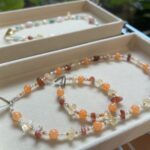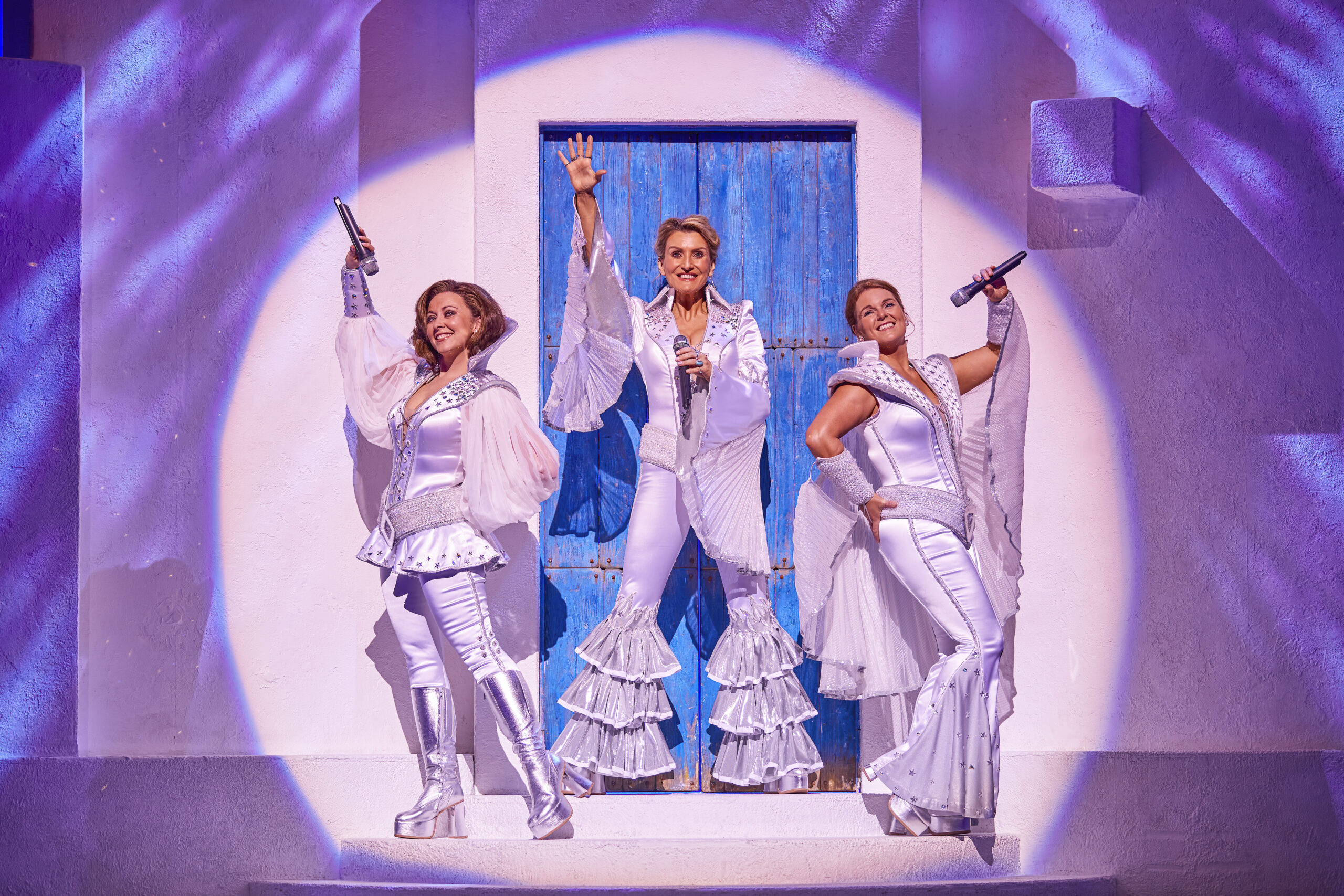
If you have read my previous post on my sewing journey, you would have known that I’ve picked up sewing recently. It was tough as I have to learn everything from scratch and sewing is a skill which is probably underestimated by many. It’s one of those essential skills which we take for granted sometimes. Hopefully, I would not give up too easily on this but persist and continue to master this craft.
So to further hone my sewing skills, I figured that I eventually would need to own a proper sewing machine at home to sew my own clothing. After much deliberation, I decided to purchase the cheapest decent sewing machine I could find online as I did not want to splurge. Besides, as long as the sewing machine can perform the basic stitching functions, I am good with it.
Types of Sewing Machines
After some thorough research, I went with the Portable Free Arm Sewing Machine by Brother Model Number JV1400. First and foremost, you’ll need to do some study on the various types of sewing machines. There are two broad categories of sewing machines – industrial and domestic.
The sewing machine I used in my sewing school,
Why Brother?
Brother, along side with Singer, is a common household brand name for sewing machines. They are well-known for their durability and affordability. Whenever I asked for a recommendation on sewing machines, most would suggest Brother sewing machines. They also mentioned that it is better to purchase Brother products as there is a Brother servicing centre here in Singapore.
Interestingly, do you know that Brother also manufactures printers and scanners? This company has its roots and origins in Japan. It first started out by Kanekichi Yasui, the father of the founders of Brother in 1908.
Brother JV-1400 Entry-Level Sewing Machine

I purchased the Brother sewing machine from Sim Mui Heng where you can find all your haberdashery needs like buttons, zippers, needles, fabrics and other small articles for sewing.
They retailed this pink sewing machine model on their online website for $118. It is considered to be the most affordable home sewing machines in the market. This price tag also includes a free set of Rinata sewing threads and free local delivery.
Delivery was prompt. And it takes about less than a week for me to receive the product.
Main Product Features

Minimal packaging is used in the packing of this sewing machine as I believe Brother is also going eco-friendly. The machine is made in Vietnam.
- Product size: 38 cm x 19 cm x 45 cm (approx.)
- 14 built-in stitches
- LED lighting for easy viewing during sewing
- Top load bobbin
- 4-step buttonhole
- Auto set the stitch length and width (maximum stitch width: 5mm, length: 4mm)

What are the accessories that come with the sewing machine?

- 1-year Warranty Card ( need to register online)
- 4 Plastic bobbins ( 3 in the bag and 1 in the sewing machine)
- Needle set (3 pieces)
- Buttonhole foot ‘A’
- Instructional DVD
- 1 Foot controller
- Zipper foot ‘I’
- Zigzag foot ‘J’ (already attached to the machine)
- Screwdriver (for change the presser foot)
All the smaller accessories are packed in this small ziplock bag.

Foot Controller
This foot controller has a wire which is to be attached to directly to the sewing machine.

Operating the Sewing Machine
I am glad to say that this Brother sewing machine is indeed easy to use as compared to the sewing machine I used in school. Before learning how to sew using the sewing machine, you will need to learn how to load the bobbin with thread and thread the machine head.
1.Loading the Bobbin

Since this is a lockstitch sewing machine, it requires a needle thread from the spool at the top and a bobbin thread at the bottom. When the two threads interlock, they form a stitch. That is why you will need to load the bobbin before sewing.
The loading of the bobbin is easy and requires only a few steps. The steps are clearly indicated on the sewing machine itself. To learn how to load the bobbin properly, I also watch the instructional manual videos on the DVD (and YouTube) for reference.
2. Threading the machine head

The threading of the machine thread can be somewhat complicated but all you will need is some practice to get the hang of it. And this threading step is crucial because if you miss a step or thread wrongly, the machine will not be able to function properly. In some cases, the machine can get damaged due to improper threading.
Thankfully, it is not as complicated as the threading of industrial machines. I took several tries before committing all the steps to memory. I even broke the needle twice as I was using the machine.
Once again, I referred to the instructional video for proper directions on how to thread the machine head.
In my most recent attempt to thread the machine head, I missed out a step. Can you tell what is wrong with the threading below?

I only realised my mistake after 15 minutes of sewing. As you can see clearly from the photo below, I had forgotten to loop the thread around the hook near the needle. No wonder the stitches turned out to look messy and the machine sometimes would stop halfway.
3. The Sewing Process

Once you get the thread right, you can start sewing! Overall, the sewing machine is very user-friendly and easy to use. However, the stitching process isn’t that smooth and controlled as compared to the industrial sewing machines I use in school.
But overall, the machine can perform all the basic sewing functions and produces a clean stitch. However, I fear that it might be able to handle thicker fabrics. I have yet to test that out as I am afraid that the needle will break.
Nonetheless, in future, I hope to get one of those computerised sewing machines once I ready to take on more sewing projects. Those more advanced sewing machines cost at least $500.
Do you own a Brother sewing machine? How does that work for you? Let me know in the comment box below!
![[Review] Sotpot: Healthy Korean Rice Pot (sotbap) and steamed meats](https://deeniseglitz.com/wp-content/uploads/2025/04/IMG_7515-150x150.jpeg)

![[Review] Big Short Coffee: Why this coffee spot is so popular in Singapore?](https://deeniseglitz.com/wp-content/uploads/2025/04/IMG_5480-150x150.jpeg)
![[Review] Tempura Ensei: New Edo-style Japanese Tempura omakase at Orchard Road](https://deeniseglitz.com/wp-content/uploads/2025/04/Kisu-Sand-Borer-Fish-鱚-150x150.jpg)






Hello Ma’am! Did you use it for the thicker fabric? How’s the outcome? Thank you! ?
I have not tried a thicker fabric yet! But I guess it also depends on the needle you are using. The needle for this machine is quite thick so I wouldn’t dare to use it on thicker fabrics.
Hi there! I am planning to buy this machine for my mother. I would like to ask if its really worth the price ? Were you happy with it? Thank you.
Yes!I’m happy with it for this price. It is just a basic sewing machine and it works just fine. It does what you need it to perform. The rest is all dependent on your sewing skills!
This sewing machine is super lightweight and very easy to move from table to storage. It handles all simple sewing tasks like hem repair, torn pockets, attaching ribbons or tote bag handles. I bought it to sew pajama pants and have made many pairs. I have also made shorts, scrunchies, and simple skirts on this machine.
One disadvantage is that it is not very good with thick fabrics. The needle will not pierce through, or it will make a loud banging noise if you force it.
Nevertheless, it has served my needs well. I am very happy with it and highly recommend it as a low cost sewing machine for beginners or the occasional sewist.
Does this machine have a cover and how heavy is it?
Hi Sheila! The machine is not very heavy at all. I guess it is around 1kg or slightly more. It does not have a cover so you will need to make a cover. I use a dust bag to cover it:
Would you be able to use it for denim?
Yes but it depends on the thickness of the denim too.